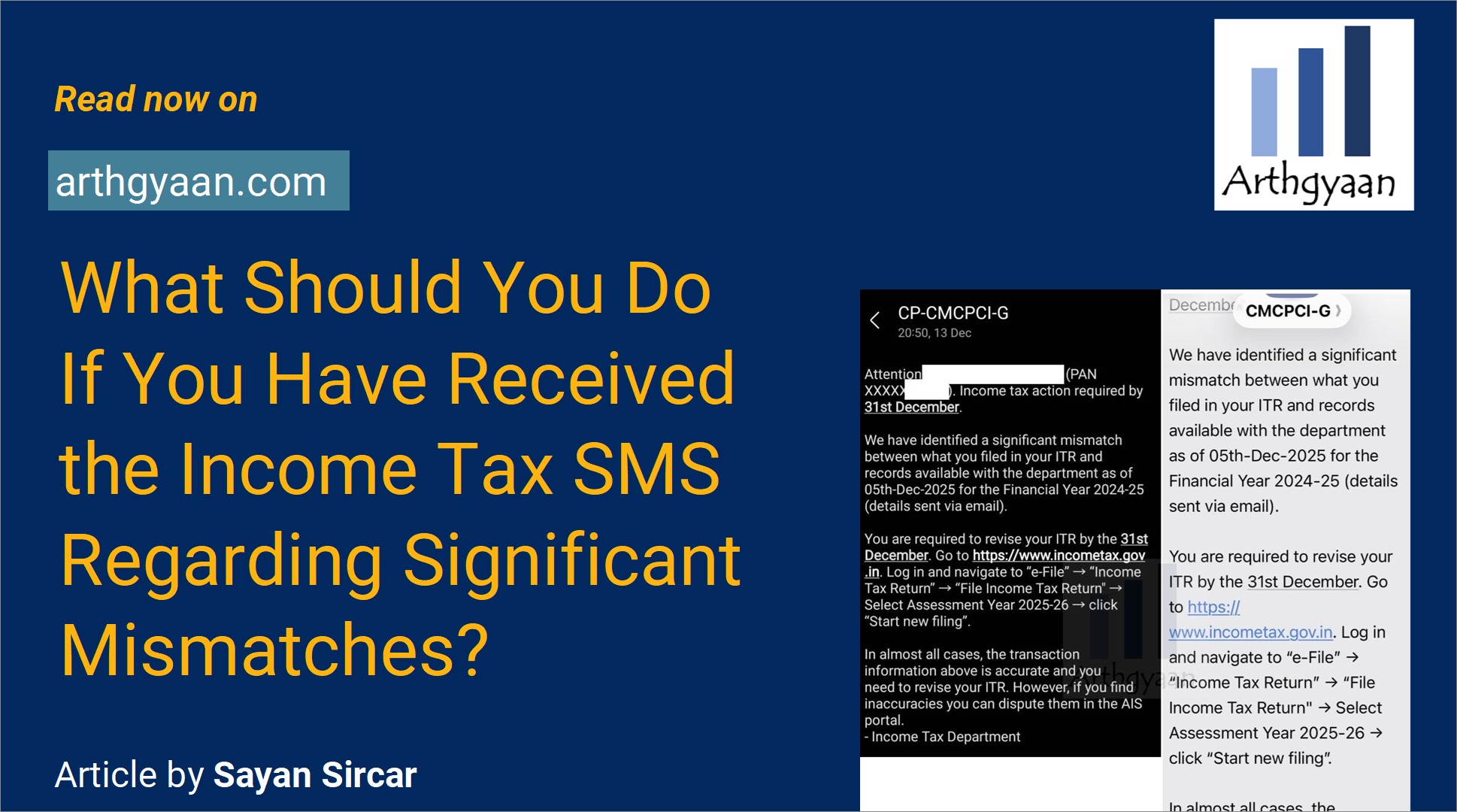Unified Pension Scheme (UPS) Calculator
Unified Pension Scheme Lump Sum Calculator
Learn more about UPS here: Calculator: UPS vs. NPS - which is better?
How to use the UPS calculator?
The UPS calculator has two parts:
Monthly guaranteed pension calculator
Monthly UPS Pension = (P/2) * (Q/300) * (IC/BC)
This part of the calculator helps you calculate how much you will get from UPS at retirement (i.e. superannuation) based on:
- Last 12 Month’s Average Basic Pay (P) at Retirement: Since salary increases with standard increments every year, an average of the pre and post-increment basic pay in the last 12 months of service is used here. This calculation avoids the effect of a high UPS pension just because you get a hike near to retirement
- Qualifying Service (in months, Q) at Retirement: UPS pension requires at least 10 years of total service
- Individual Corpus (IC): This is the corpus that will grow due to monthly contributions to the UPS. You do not have to estimate this since IC does not impact the monthly pension amount
- Individual to Benchmark Corpus (IC/BC) ratio: Benchmark Corpus (BC) is the value of the same investments in PFRDA’s NPS benchmark portfolio (15% equity, 85% debt). IC/BC ratio will be close to or a bit more than 1 for most people at the time of retirement.
There are a few nuances here:
- If Q > 300 then Q/300 = 1
- Minimum Monthly UPS Pension is ₹10,000
- If IC/BC > 1 at retirement, the difference will be paid out as a one time payment
- If IC/BC < 1, then the monthly UPS pension will be proportionately lower
One-time lump sum calculator at retirement
Lump sum = 1/10th of BP * (1 + DA%) * L
A one-time lump sum payment may be made if the total service is more than 120 months (10 years). The inputs for this calculation are:
- Monthly Basic Pay (BP) in ₹ at Retirement: Same as above
- Dearness Allowance at Retirement: This will be a number up to 100%
- Months of Service Completed at Retirement (L) in half years: The closest number of half-years are taken. So if you have worked for 300 months (25 years) then 300/6 = 50 is the factor used. If you have worked for 3 months less, then the factor is 49.
What are the features of the Unified Pension Scheme?
The Unified Pension Scheme (UPS) was announced on 25th August 2024 to “improve the National Pension System (NPS) for Central Government employees.” UPS offers:
- A pension of at least 50% of the last 12 months’ salary (basic and dearness allowance) at the time of retirement. The minimum pension amount is ₹10,000/month.
- The spouse will receive 60% of the pension upon the death of the original employee.
- A lump sum based on the DA will be provided at the time of retirement.
- The employee will contribute 10% of basic + DA (same as NPS), while the government will contribute 18.5% (up from the current 14% in the case of NPS).
- A minimum of 25 years of total service is required (otherwise, a pro-rata pension starts from 10 years).
- UPS is for Central Government employees only.
- Opting into UPS, by stopping NPS, is a choice for the employee from 1st April 2025 onwards. An employee can choose to remain in NPS if they prefer.
The last point, since UPS is opt-in while NPS is mandatory, requires some calculation to determine if UPS is better than NPS.
Which is better: UPS or NPS?
The Arthgyaan goal-based investing calculator shows how to determine if it makes sense to switch to the UPS from NPS. We have a sheet “pension-in-retirement” that allows you to see which is better: no pension (i.e., NPS not started yet), NPS, or UPS.
To understand more about the calculations, please follow the calculations here: Calculator: UPS vs. NPS - which is better?
What's next? You can join the Arthgyaan WhatsApp community
You can stay updated on our latest content and learn about our webinars. Our community is fully private so that no one, other than the admin, can see your name or number. Also, we will not spam you.For resident Indians 🇮🇳:
For NRIs 🇺🇸🇬🇧🇪🇺🇦🇺🇦🇪🇸🇬: To understand how this article can help you:
If you have a comment or question about this article
The following button will open a form with the link of this page populated for context:If you liked this article, please leave us a rating
The following button will take you to Trustpilot:Check out our two calculators: Arthgyaan step-up SIP calculator
Arthgyaan step-up SWP calculator
Latest articles:

Published: 18 December 2025
14 MIN READ
Topics you will like:
Asset Allocation (19) Basics (8) Behaviour (20) Budget (24) Budgeting (12) Calculator (36) Case Study (7) Children (22) Choosing Investments (40) FAQ (20) FIRE (19) Fixed Deposit (10) Free Planning Tool (16) Gold (29) Health Insurance (8) House Purchase (43) Index Funds (6) Insurance (20) International Investing (16) Life Stages (2) Loans (27) Market Data (10) Market Movements (28) Mutual Funds (89) NPS (17) NRI (44) News (38) Pension (11) Portfolio Construction (61) Portfolio Review (32) Reader Questions (9) Real Estate (16) Research (6) Retirement (45) Return to India (8) Review (27) Risk (8) Safe Withdrawal Rate (6) Screener (8) Senior Citizens (6) Set Goals (29) Step by step (15) Stock Investing (5) Tax (109)Next steps:
1. Email me with any questions.
2. Use our goal-based investing template to prepare a financial plan for yourself.Don't forget to share this article on WhatsApp or Twitter or post this to Facebook.
Discuss this post with us via Facebook or get regular bite-sized updates on Twitter.
More posts...Disclaimer: Content on this site is for educational purpose only and is not financial advice. Nothing on this site should be construed as an offer or recommendation to buy/sell any financial product or service. Please consult a registered investment advisor before making any investments.
This post titled UPS Calculator first appeared on 21 Dec 2025 at https://arthgyaan.com
We are currently at 567 posts and growing fast. Search this site: Copyright © 2021-2025 Arthgyaan.com. All rights reserved.

